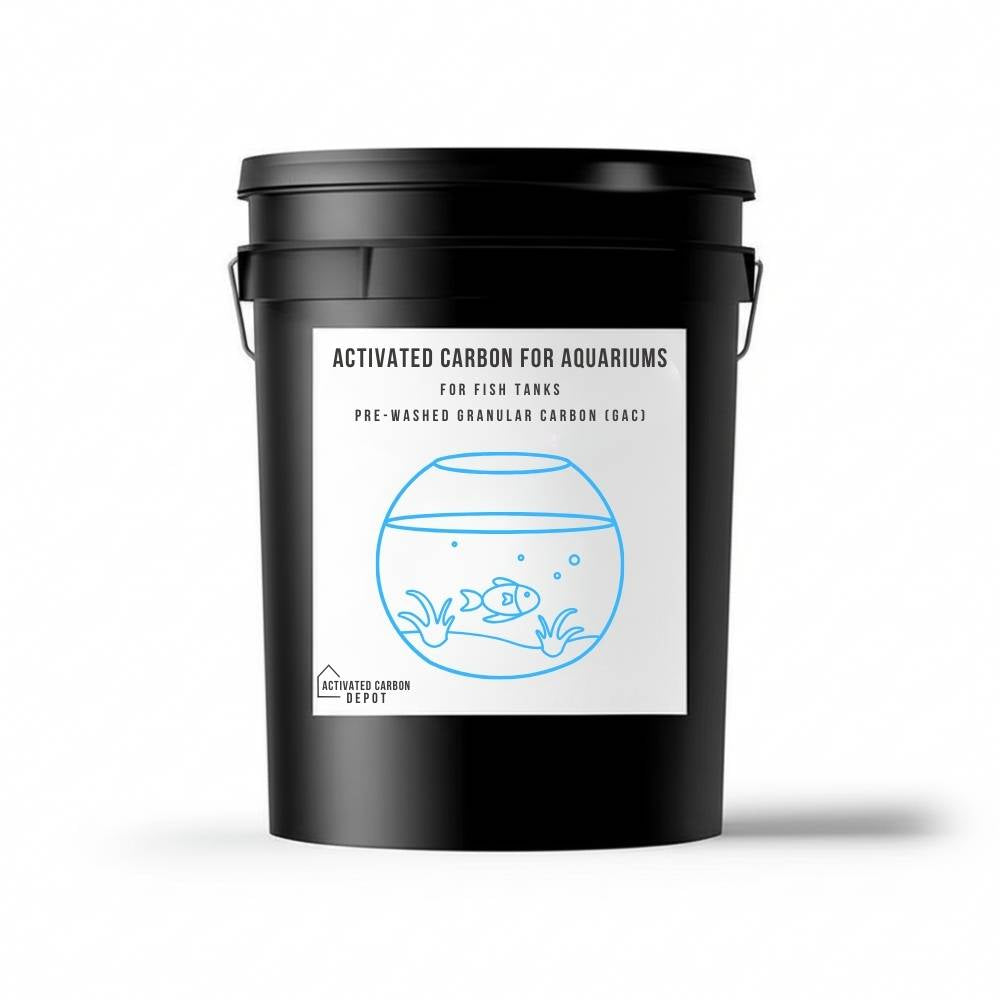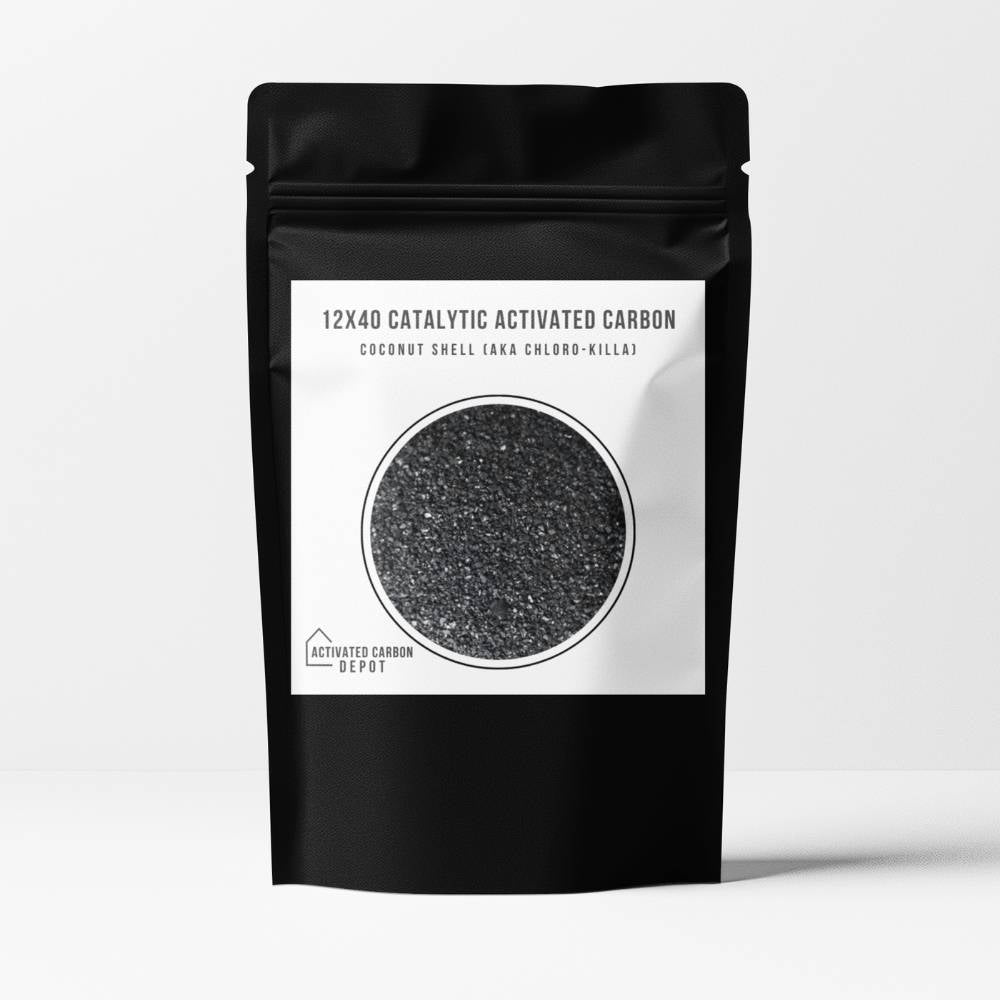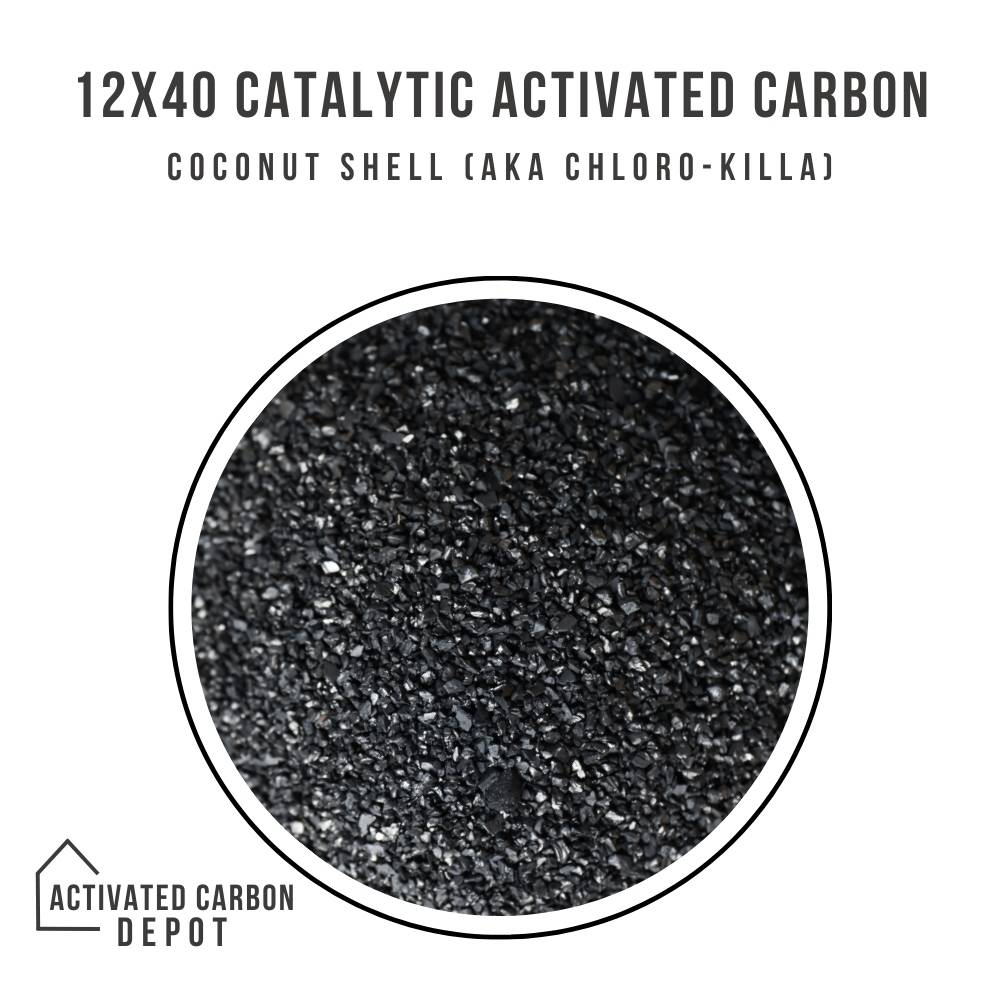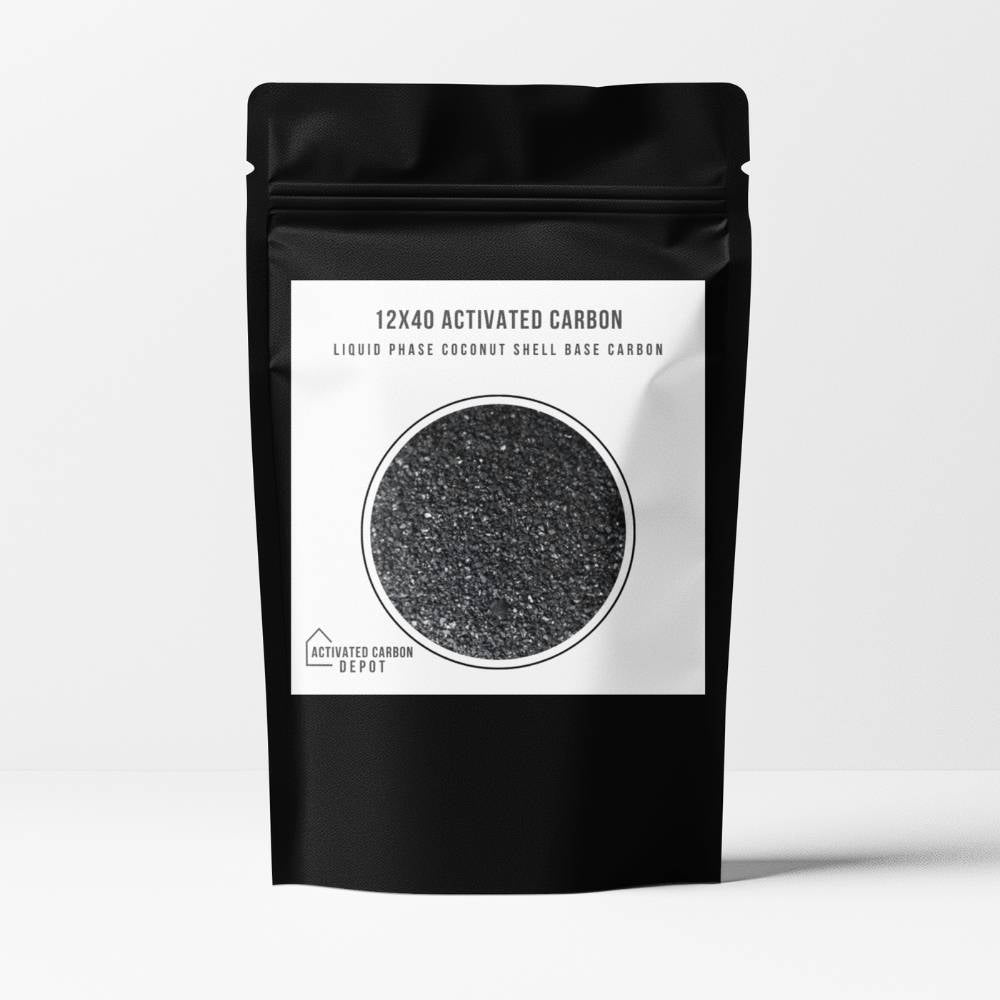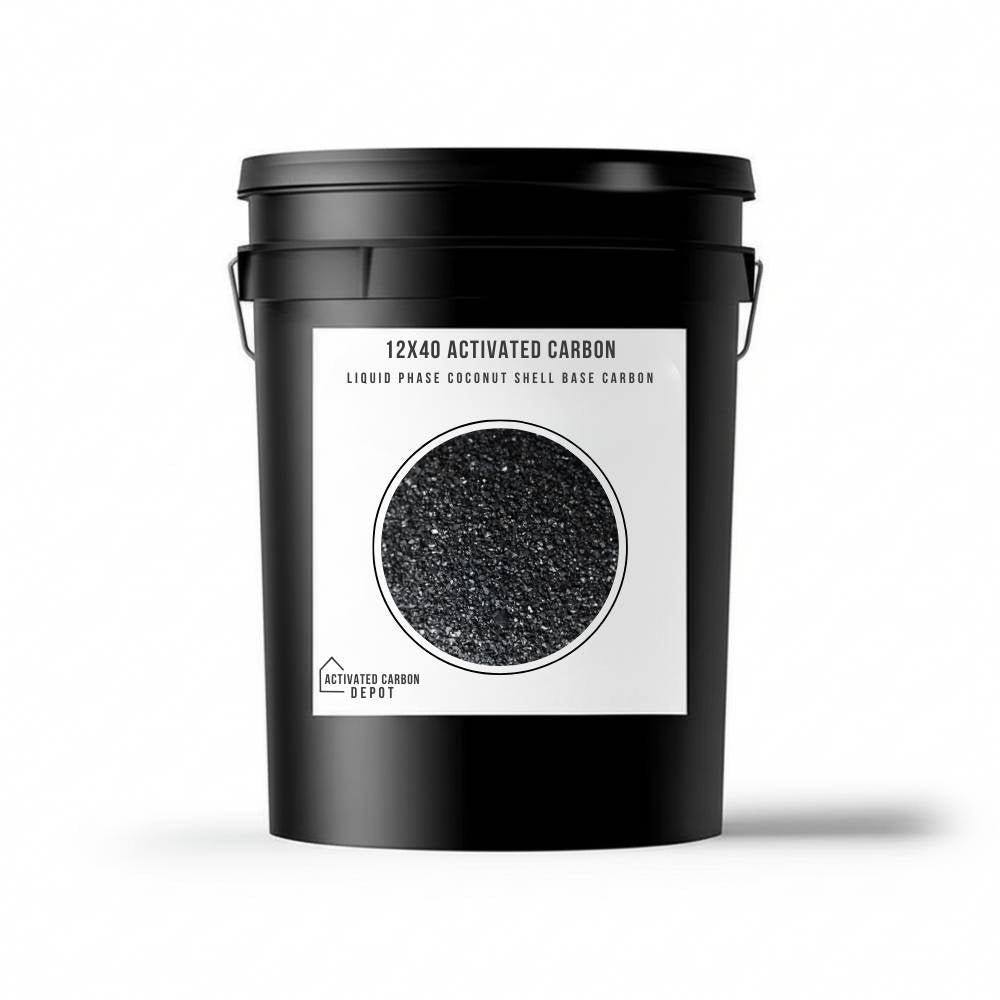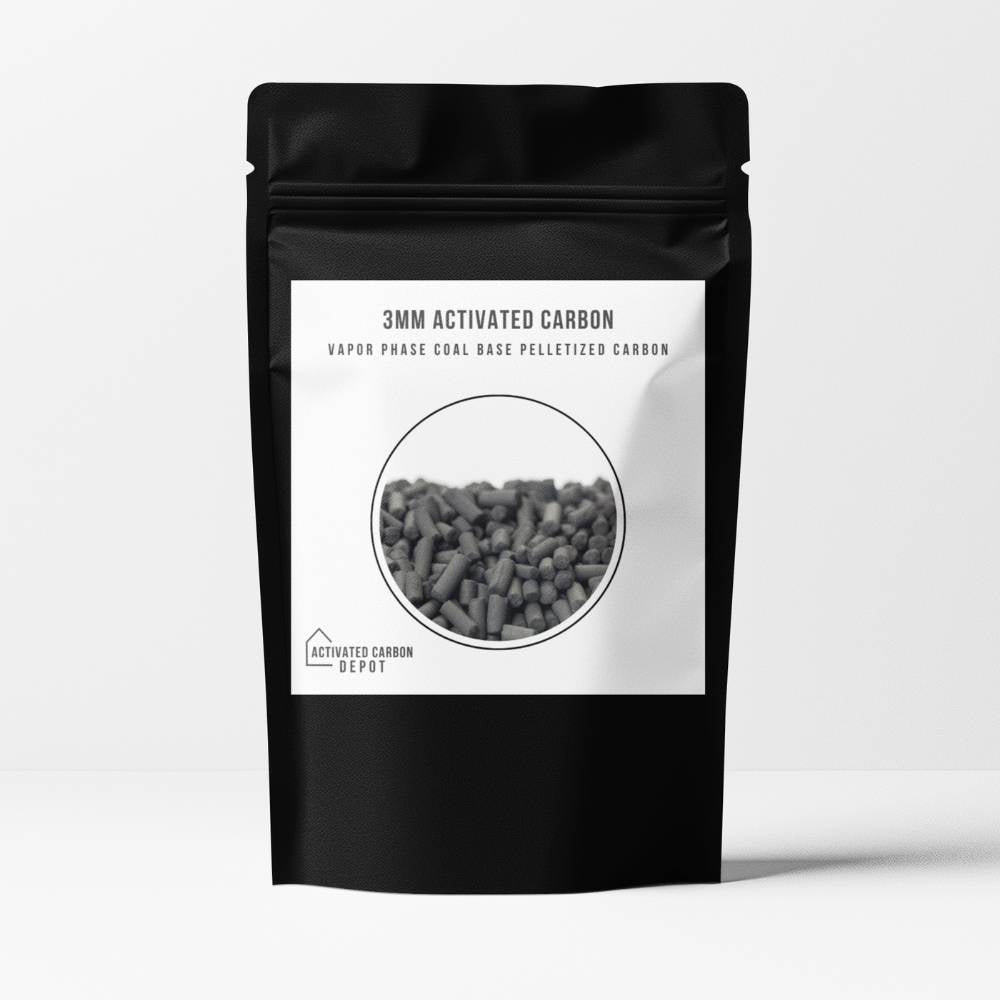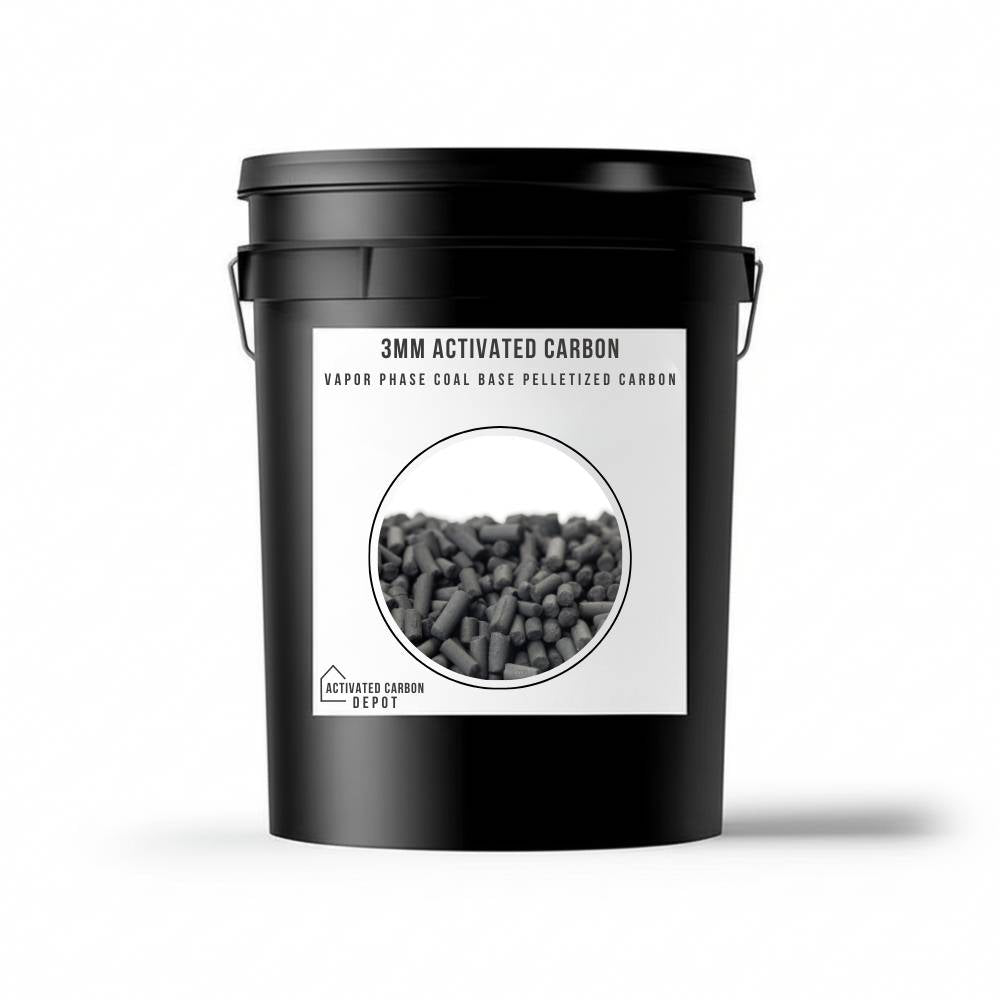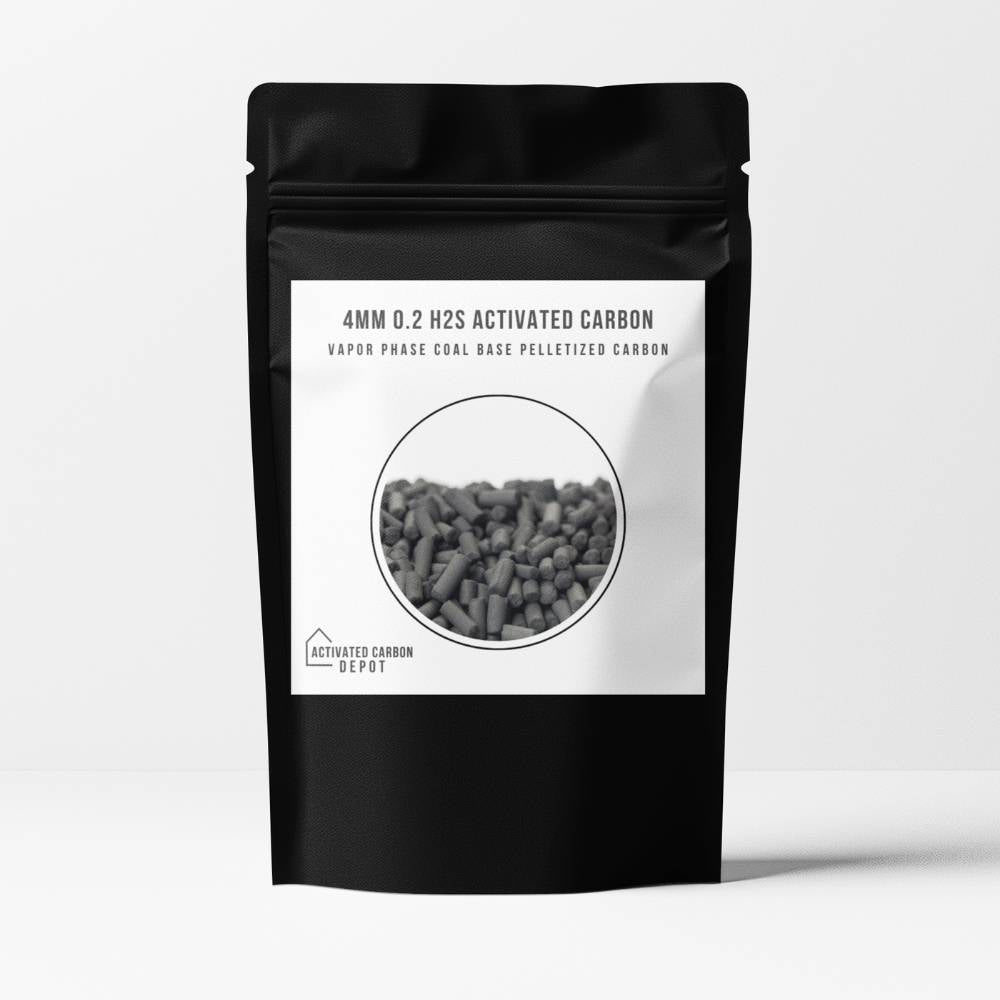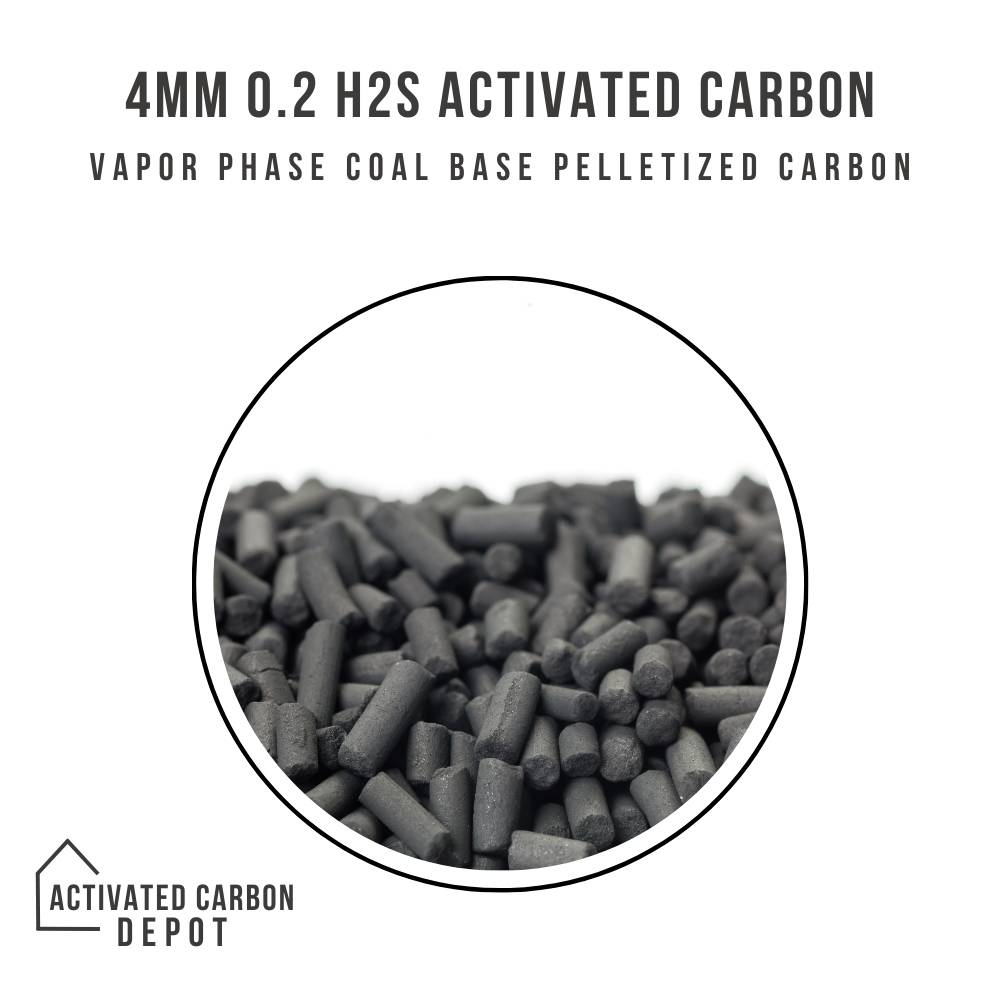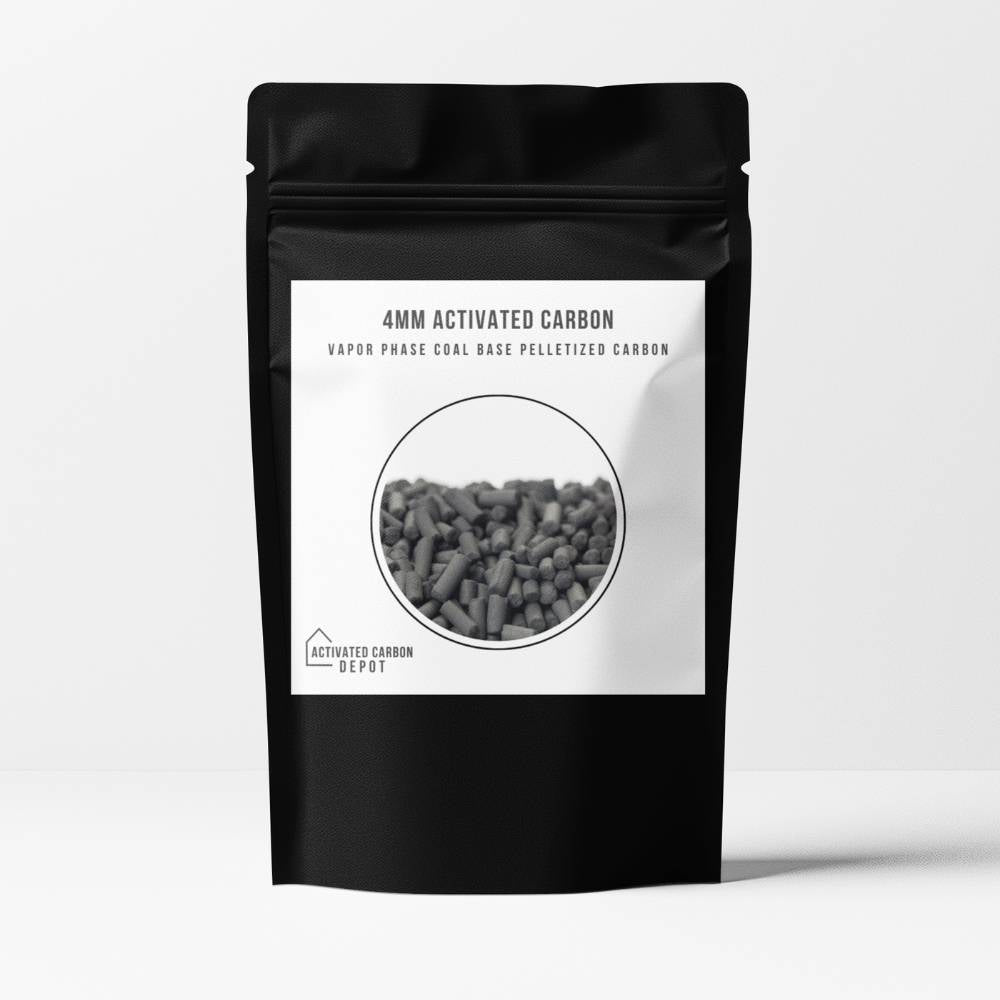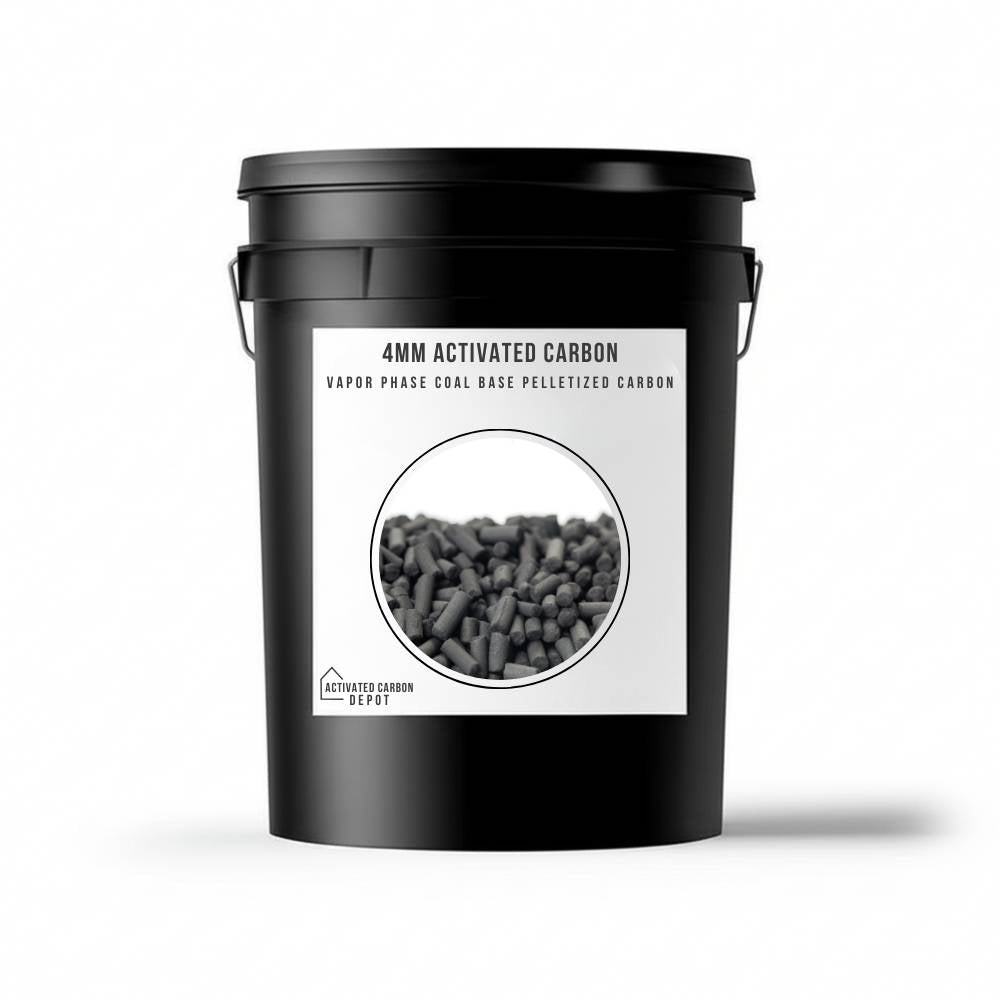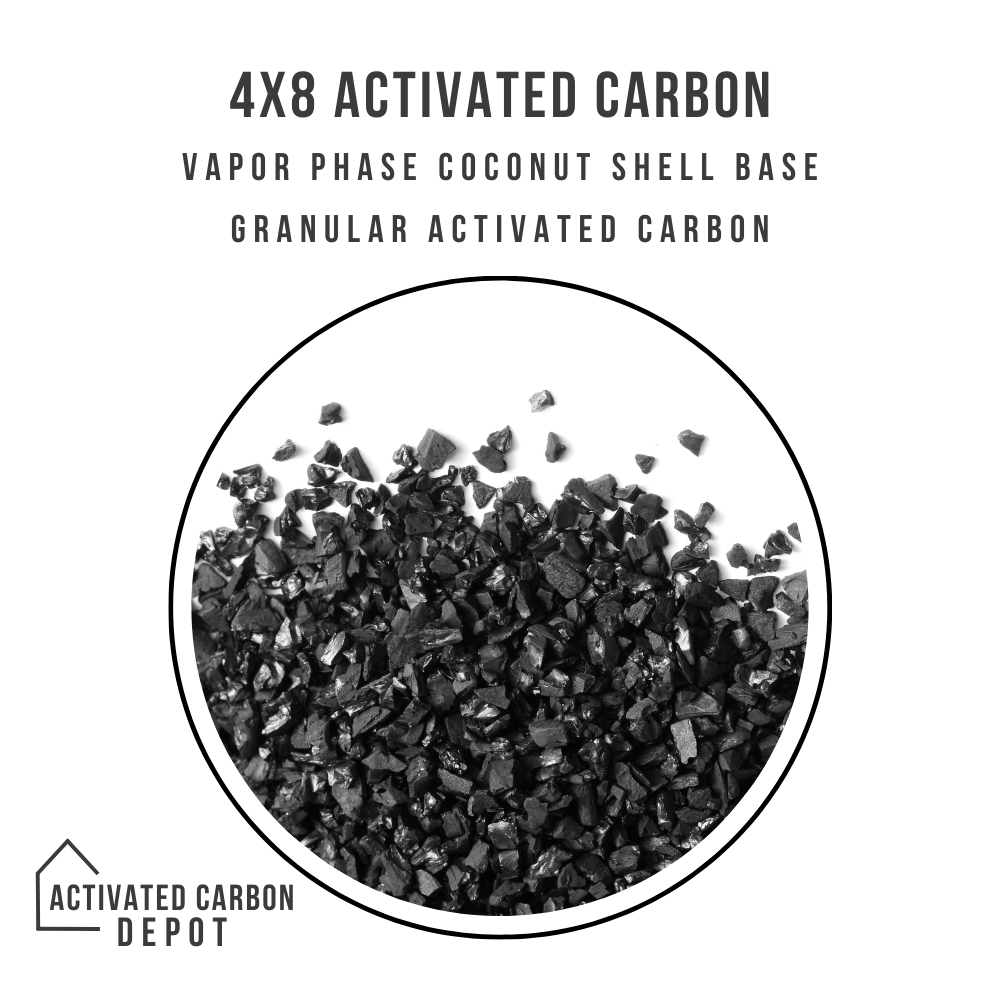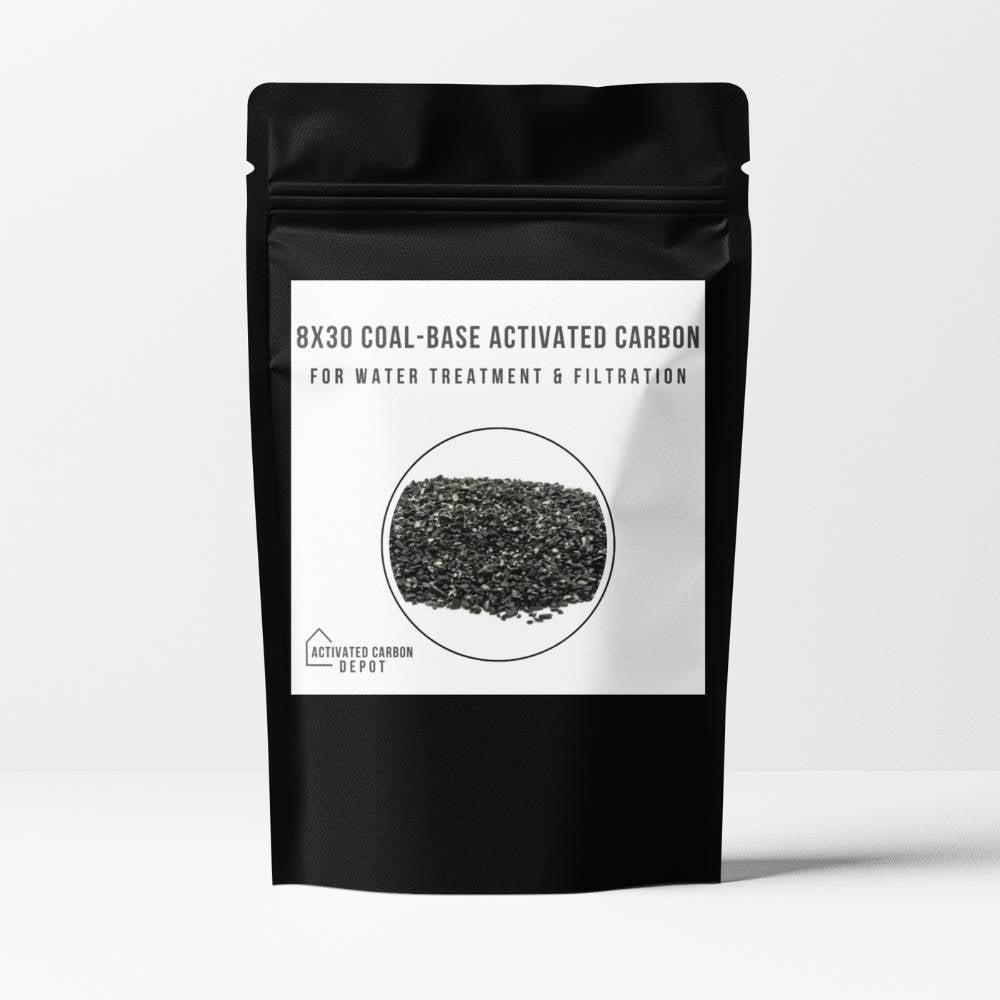Soil contamination is a growing environmental concern caused by industrial activity, improper waste disposal, pesticide overuse, and accidental chemical spills. These pollutants pose risks to human health, ecosystems, and groundwater quality. Activated carbon has become an increasingly valuable tool in soil remediation, thanks to its ability to adsorb a wide range of organic and inorganic contaminants. This article explores how activated carbon is used to clean up polluted soil and protect the environment.
What is Soil Remediation?
Soil remediation is the process of removing, stabilizing, or neutralizing pollutants in soil to restore it to a safe, usable condition. Contaminants may include:
-
Petroleum hydrocarbons (e.g., diesel, gasoline)
-
Polycyclic aromatic hydrocarbons (PAHs)
-
Pesticides and herbicides
-
Volatile organic compounds (VOCs)
-
Heavy metals and industrial solvents
Why Use Activated Carbon in Soil Remediation?
Activated carbon is a porous material with an enormous surface area, ideal for adsorbing a wide variety of chemical pollutants. In soil remediation, it binds contaminants in place, reducing their mobility and bioavailability.
Key Benefits:
-
Immobilizes toxins, preventing leaching into groundwater
-
Reduces exposure risk to humans, wildlife, and plants
-
Enhances the effectiveness of microbial degradation in bioremediation
-
Safe, natural, and eco-friendly material
How Activated Carbon Works in Soil
Activated carbon removes contaminants from soil via a process called adsorption. Molecules from pollutants adhere to the surface of carbon particles, effectively trapping them. This can be used in both in-situ (on-site) and ex-situ (off-site) remediation strategies.
Mechanisms include:
-
Direct Adsorption: Organic compounds are pulled out of the soil matrix and onto the carbon's surface.
-
Reduction in Bioavailability: Pollutants become less accessible to organisms, reducing environmental and health risks.
-
Synergistic Bioremediation: By binding toxic compounds, carbon can reduce toxicity levels and allow beneficial microbes to break down remaining contaminants more effectively.
Types of Activated Carbon Used for Soil Cleanup
-
Granular Activated Carbon (GAC): Common in large-scale applications; easy to handle and mix with soil.
-
Powdered Activated Carbon (PAC): Offers faster adsorption due to its fine particle size; often used for treating hot spots or during slurry applications.
-
Biochar/Carbon Blends: In some cases, activated carbon is blended with biochar or compost to enhance soil health while remediating contaminants.
Applications of Activated Carbon in Soil Remediation
-
Brownfield Redevelopment
-
Stabilizes pollutants in formerly industrial land so it can be safely repurposed.
-
-
Military and Defense Sites
-
Used to clean up explosive residues, fuel, and chemical spills on training grounds.
-
-
Agricultural Land Recovery
-
Adsorbs pesticide and herbicide residues to prevent crop contamination and groundwater pollution.
-
-
Construction Site Preparation
-
Ensures soil safety before residential or commercial building projects begin.
-
-
Landfills and Spill Sites
-
Contains leachate and chemical runoff in and around disposal zones.
-
Considerations for Effective Use
-
Contaminant Type: Activated carbon works best for organic pollutants; treatment for heavy metals may require amendments or additional technologies.
-
Soil Conditions: pH, moisture, and organic matter content can influence adsorption performance.
-
Dosage and Distribution: Proper mixing and dosage are key to maximizing effectiveness.
-
Monitoring: Post-treatment monitoring ensures long-term contaminant immobilization and site safety.
Environmental and Regulatory Benefits
-
Protects Groundwater Resources: Prevents downward migration of contaminants.
-
Minimizes Excavation Needs: In-situ treatment reduces the need to remove or transport contaminated soil.
-
Supports Green Remediation Goals: Reduces reliance on chemical treatments and mechanical excavation.
-
Regulatory Compliance: Helps sites meet cleanup standards set by EPA and other environmental authorities.
Conclusion
Activated carbon is a powerful and environmentally responsible solution for soil remediation. By adsorbing and immobilizing harmful contaminants, it plays a critical role in restoring land for safe use and preventing further environmental degradation. Whether dealing with industrial sites, agricultural land, or urban redevelopment zones, activated carbon offers a proven and scalable method to clean up contaminated soil and protect both public health and the planet.





